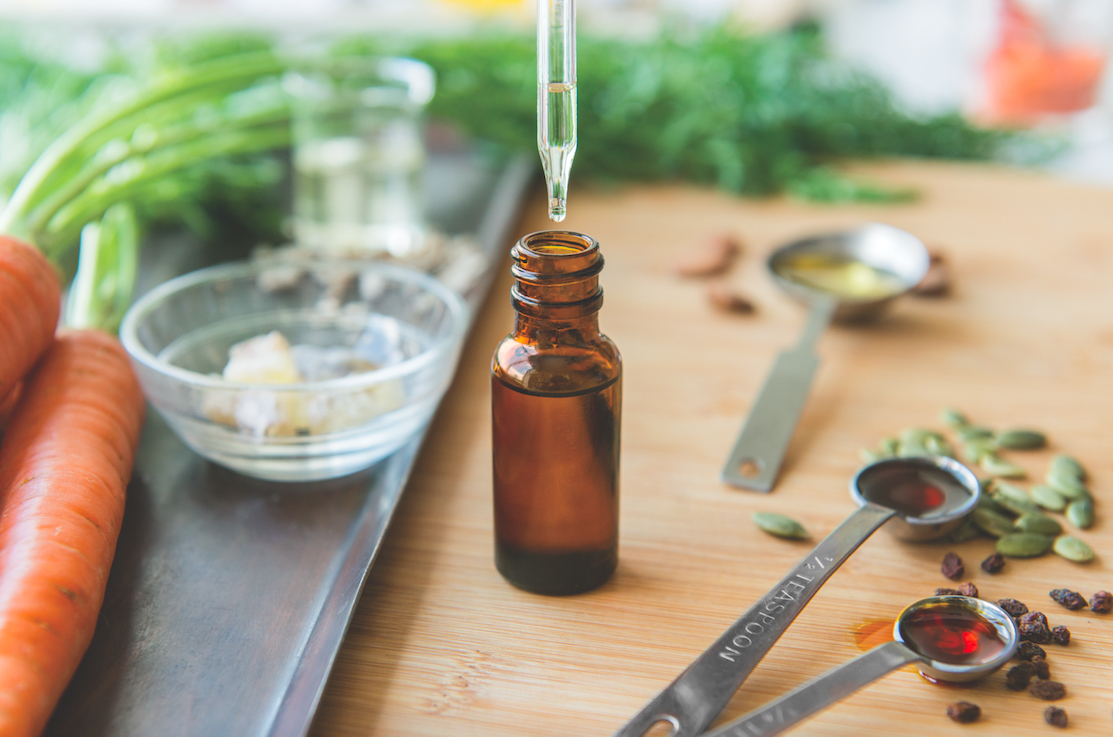
Amy Galper And Christina Daigneault Bring Mindfulness To DIY Beauty Product Making With Their New Book
When consumers buy beauty products at stores, it’s difficult for them to fully understand the roots of what’s inside the bottles. In their book “Plant-Powered Beauty,” Amy Galper and Christina Daigneault invite readers to appreciate beauty ingredients by putting their hands on them to prepare 50-plus natural skincare recipes. “Plants have a deep impact on our day-to-day lives, and we feel confident that through the experience of smelling, touching, and blending different plant ingredients together in our easy-to-follow natural recipes, you will become more aware of how plant life can support a healthy lifestyle,” writes Galper and Daigneault in the introduction to the deeply educational tome. Beauty Independent spoke to the founder and executive director of the New York Institute of Aromatherapy and her one-time student about developing recipes, a few of their favorites, essential oil issues, beauty marketing terms, sustainability and the possibility of another book.
How did you two come together to write a book?
Daigneault: I attended the 101 certification class at the New York Institute of Aromatherapy. Amy was the instructor, and we met through that class four years ago. I run a public relations and literary agency in New York called Orchard Strategies. I started working with health and wellness clients on PR and books. After taking Amy’s class, I thought it would be great to have a resource about aromatherapy and DIY blending because nothing really like it was in the marketplace.
Galper: Christina and I were very inspired by the farm-to-table movement that’s happening in the food and culinary world. Books we looked to for inspiration were coming from chefs creating beautiful meals straight from the farm for the table. We took that model and looked at it from a beauty perspective. There’s been a lot of mindfulness about food and ingredients, and how they impact one’s health. We’re starting to have that awareness about beauty ingredients, and how they impact health. Mindfulness about ingredients was a driving inspiration for the book as well.
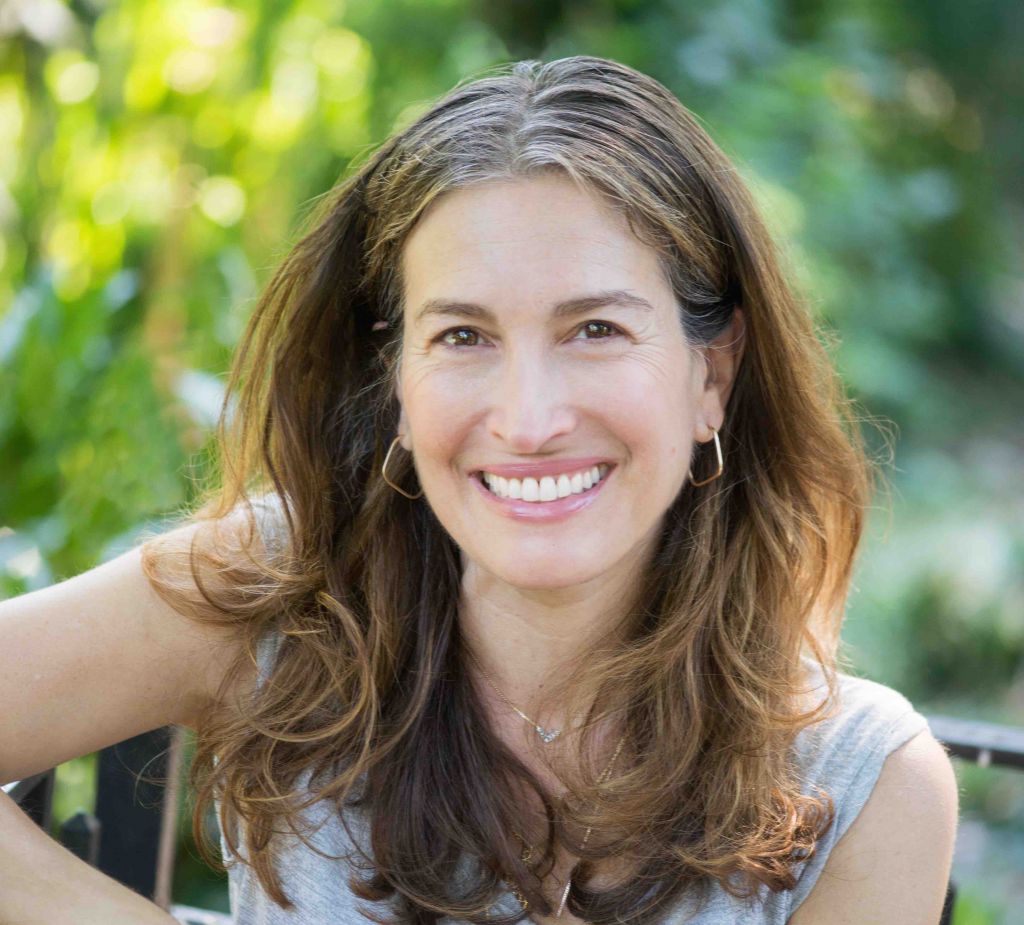
How did you start to creating the natural beauty recipes in the book?
Daigneault: We started by talking about categories: scrubs, facial oils, cleansers, masks and more. Then, we thought about therapeutic qualities.
Galper: We think most women and men would be interested in making products to take care of skin because it’s super dry or they might want to address something preventatively or heal it. We divided up the categories, thinking about why someone would want to make let’s say a body butter or what would be their intention.
Daigneault: When we were thinking about the intention of the product, that made us dive into essential oils that might respond to their intention. That’s how we started to experiment and develop the recipes.
Was there a recipe that was quite difficult to develop?
Daigneault: We wanted to make sure everything was really approachable and that nothing was too complicated. We want people to be able to use them, make them and feel inspired and not feel there are barriers. We don’t have any product with 25 ingredients and 100 steps. We kept it simple. If you are looking for more sophisticated recipes, one that we are excited about used fruit that we dried in a dehydrator.
Galper: Most people just grab sugar or salt for exfoliants, but we wanted to look at ingredients that would be good for people who have sensitive skin where sugar or salt might be too intense of an exfoliant. We also wanted to look at the exfoliant taking up a good percentage of the formula and having therapeutic properties, not to say that sugar and salt don’t have therapeutic properties, because they do.
I have been dehydrating fruits and vegetables for the last couple of years. I will buy organic fruits and vegetables, put them in the dehydrator and then powder them, and use those powders to support sugar or salt exfoliants. They make beautiful exfoliants. We get creative using culinary spices, and dehydrating fruits and vegetables.
Another recipe we were both really excited about requires patience to make your own gels. Yes, you can grab an aloe vera gel that’s super accessible, but we really wanted to give readers the experience of what it would be like to take an aqueous solution that thickens into a gel. We used xanthan gum, which is used in vegan and paleo diets, and is really accessible at health food stores. We made a really pretty eye gel and a cleanser using that ingredient. We hope to give readers confidence in using something that’s a little more unusual and complex in its preparation.
The book dives into reading ingredient labels. What people still not understand about reading the labels?
Galper: The most important part is that first ingredients listed make up the largest proportion of the product. The other day, I was looking at a product that someone had told me was a beautiful natural product. I was so excited, but, I turned it around, and the second ingredient was dimethicone, which is a silicone. It’s an ingredient that makes the skin feel soft and silky. You can see why people are drawn to it, but it doesn’t provide benefits. If you can really identify the first three to five ingredients, it will give you an indication about what therapeutic benefits or lack thereof the product has.
A product might be advertised as having fabulous botanical actives. Actives are flashy these days, and everybody is using them, but, if you turn around the label and the actives are at the bottom of the ingredient label, that tells me that the potential of their active behavior is questionable. That’s where marketing comes in. Understanding the order is something anybody can do.
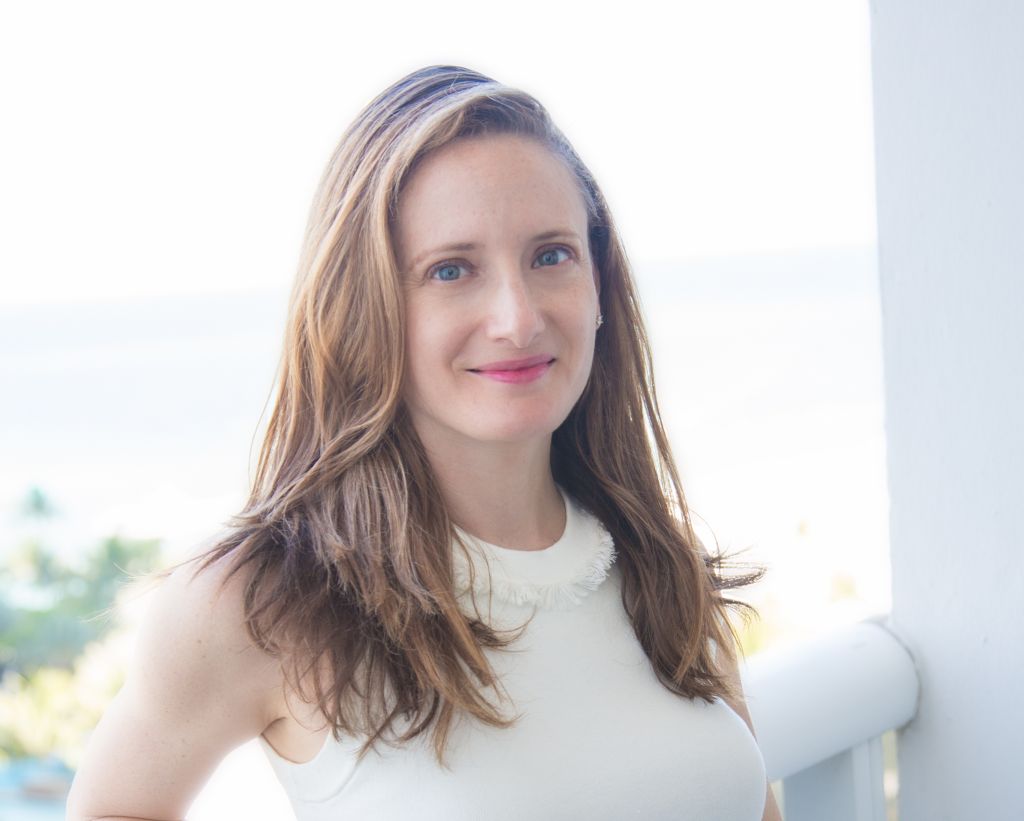
What makes you upset about the way products are marketed?
Galper: To call your brand 100% natural is something you have to be very careful of because nothing is 100% natural unless you dug it out of the earth yourself. To say that is misleading, and it drives me crazy. The other thing that makes my eyebrow go up is when I see chemical-free because chemicals are a part of everything. It’s misaligning the word chemical as something that’s toxic, and it’s not an intelligent way to communicate. The brands I’m supportive of emphasize the good things they use rather than harp on what they don’t have. That’s positive, and it educates people on the benefits of ingredients.
What term in the natural beauty segment resonates with you?
Galper: I love the term clean. It encompasses green chemistry, and the more sophisticated formulations that are coming out that are truly healthier and cleaner for the environment and our bodies. I also think it separates out dirtier petroleum-based products. The idea of clean to me is hopeful, and it moves us forward.
Are there products you find people are intimidated to make?
Galper: Making an emulsion is complicated and intimidating. For that reason, we didn’t put it in the book. We have creams, but all of our cream recipes are anhydrous. We don’t make a lotion that has both a water and an oil component, which is known as an emulsion. Those are intimidating because people feel they have to get a Vitamix and a preservative. We show you can do a moisturizer with oil and butter. You don’t need water, and you can get the same results. I find creams and lotions tend to make people feel they need to be more of an expert.
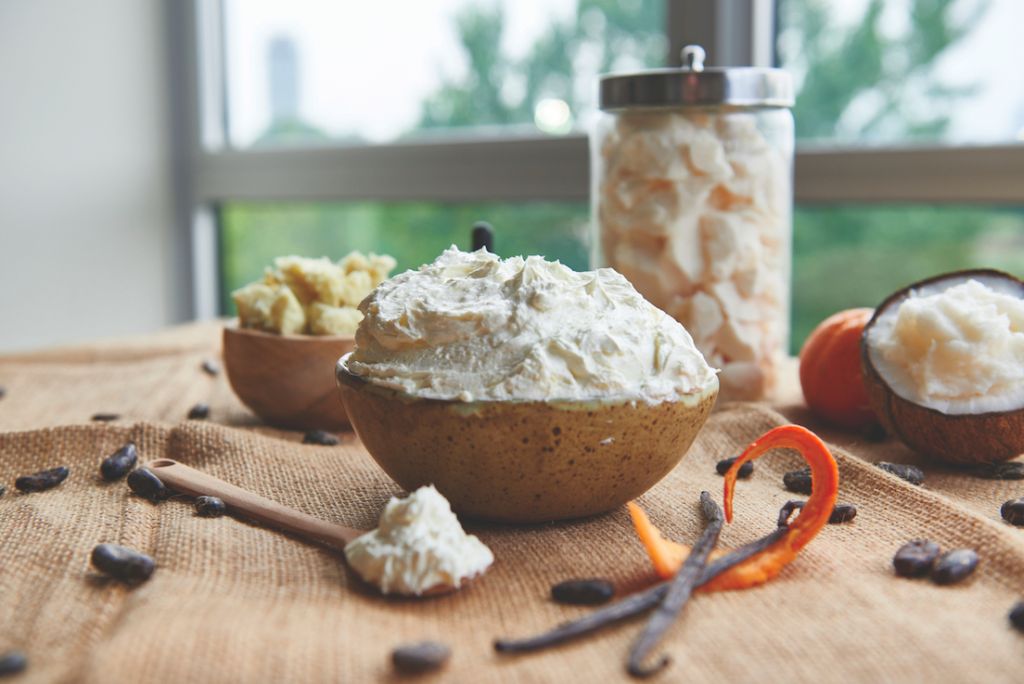
What are some of your favorite recipes from the book?
Daigneault: I have several. I love our fresh almond milk cleanser because of how it works, feels and smells. I really enjoy the process of making almond milk from scratch, which is one of the main ingredients. I love the lip balm, which is made from cocoa butter, beeswax, coconut oil and peppermint essential oil. It’s something I use constantly. I’ve made it for family and friends, and they love it. A lip balm might be intimidating, but we break it down into five simple steps.
Galper: I really like making our facial exfoliants. They smell so beautiful. We have a fruity one that has dried organic strawberry, raspberry and apple powder, oat flour and a tiny smidge of matcha. All you need is to put it in water or oil, and scrub it on your face. It smells delicious, feels beautiful and really evens the skin.
Do you think about the sustainability of certain natural ingredients?
Galper: It’s something we have to think about. When I was growing up, you didn’t get raspberries in the middle of January. We had to wait until the summer. Now, in our society, we are used to getting whatever we want, whenever we want it, and that’s causing an issue. What we have tried to emphasize is to go to your local farmers market and support local farms. You should connect with the people growing the ingredients, and understand what’s available and what’s not available.
What’s your take on the debate over essential oils?
Galper: I have been working with essential oils for 20 years. I think what’s going on is, as the use of essential oils has increased, and the consciousness about their therapeutic properties and applications have increased, people know less and less about the proper way to use them. Many people are using them at dilutions that are not appropriate. They think more is better. That’s where we get into problems. They are meant to be used sparingly.
When I was learning about essential oils two decades ago, there were oils you never put on your skin. We had a palette of about 70 essential oils. Now, because of the wider consciousness and craze over the benefits of essential oils, I see essential oils on the market that I would never recommend anyone put on their skin.
The other issue is that essential oils are really about the scent. That’s where 90% of their therapeutic experience comes in. Scent is essential to improve our stress response, which is linked to beauty, confidence and wellbeing. Once people start separating essential oils from their olfactive resonances, they lose me.
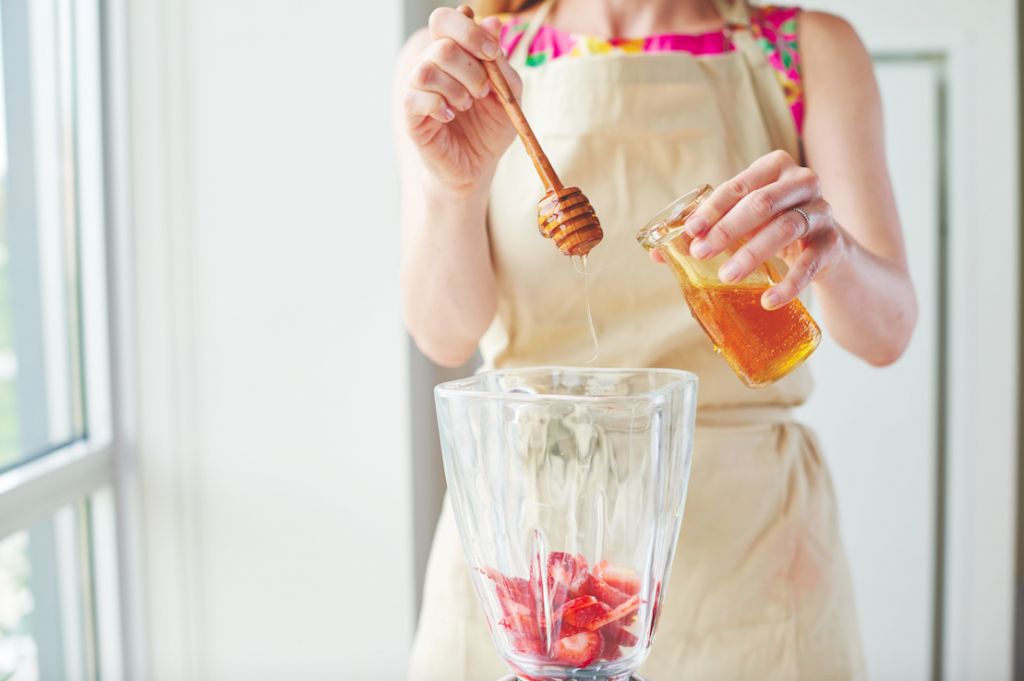
What do you tell readers about essential oils?
Daigneault: We have a section in the book all about essential oils, and we also have a synergy section. We created a couple dozen synergies that you find as ingredients within different recipes in the book. In the synergy section, we tell you the number of drops of each essential oil to use to make the synergy. Anyone who uses essential oils has to educate themselves, and our book does a really good job at that. We break down every essential oil used in every synergy and recipe. We talk about how they are made and their benefits.
What have you learned from making your own beauty products for daily use?
Daigneault: Being mindful about every ingredient that goes into a product is very powerful, and being able to blend things seasonally to address a particular condition is really wonderful instead of having to hunt for a product and hope it works. I find it a creative exercise and, practically speaking, the products work, and I know how to blend them with a specific intention in mind.
What do you hope people take away from reading the book?
Daigneault: An appreciation of ingredients and a feeling of empowerment to make your own products. Even if folks read the book and they aren’t interested in making their own products, I think it will educate people about ingredients and reading labels. Hopefully, it will make them more mindful about what they apply to their skin.
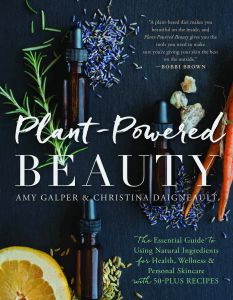
Galper: I hope they enter into a relationship with the ingredients. I also want to have women sit and be still to consider what beauty and wellness really means to them, and take it inward. In an industry that’s all about the outward, it raises consciousness about how wellness can help balance our lives and make us happier. Really, I just want people to be more positive.
Daigneault: We provide recipes and people can certainly follow recipes, but the book gives you all the pieces of the puzzle so you can be creative. You will know how certain ingredients work, and you can blend your own formulas. You don’t have to follow recipes. You can use different synergies. You can try a different exfoliants. We give people the tools so they can be creative and harness their own abilities.
Would you do another book?
Galper: Yes, absolutely.

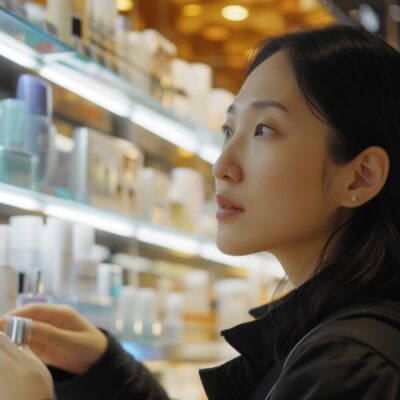

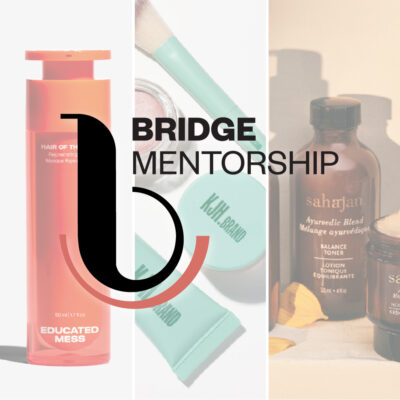
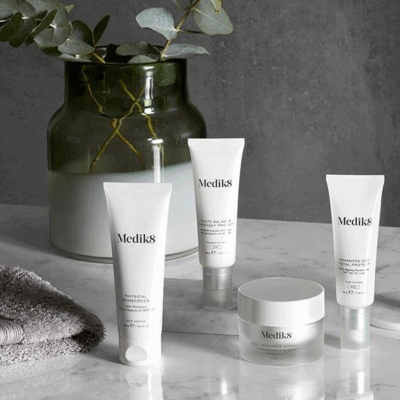
Leave a Reply
You must be logged in to post a comment.